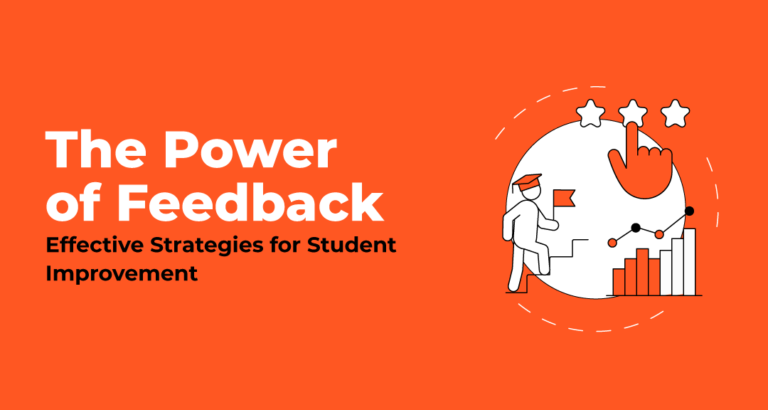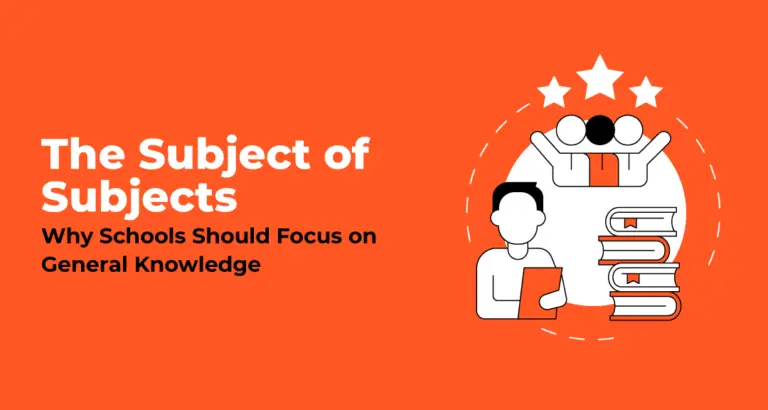Embracing Innovation in 2025: Technology Trends to Watch Out for in Education
- School Leaders
- December 28, 2024
- VOLT Learning
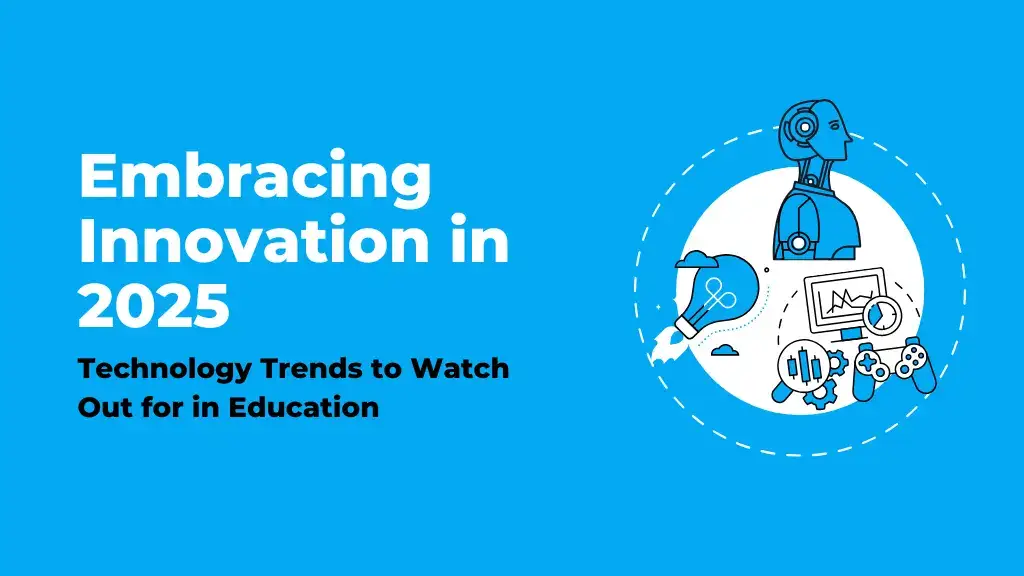
Imagine driving a road trip without using GPS or assembling furniture without a manual—you would be lost or frustrated. That is what it feels like to be out of touch with the current trends in today’s educational world.
In this world of rapid technological evolution, keeping pace with innovation is no longer a luxury but a necessity. Staying updated empowers schools to unlock new possibilities, enhance student engagement, and prepare learners for a future far from static.
Let’s explore the most influential trends of 2025, which are expected to dominate the education landscape and can help schools become game changers.
Key Technology Trends Shaping Education in 2025
In 2025, schools seeking innovative breakthroughs to turn boring classrooms into dynamic hubs of exploration, here’s the answer to the million-dollar question – what are the new technologies used in education? Technology is vital in reshaping education and embracing these key education trends will help schools upskill and reskill learners towards holistic learning in 2025 and beyond. Here’s what’s making waves:
1. Artificial Intelligence (AI) driven learning:

AI is going to be the personal tutor in every classroom. No longer science fiction, AI has emerged as the new companion for teachers and students. As more learners enter traditional classrooms in developing regions and online settings, teachers will be granted access to tools that can accurately assess abilities and discern learning styles, making it possible to create hyper-personalized curriculums for each learner’s needs.
VOLT AI Mate, which helps the students get instant answers, gives the teacher free time to deal with more critical issues. With the adoption of AI by schools, they realise results, but happier teachers and students are not something people complain about.
2. Immersive Learning through Augmented Reality (AR) and Virtual Reality (VR):
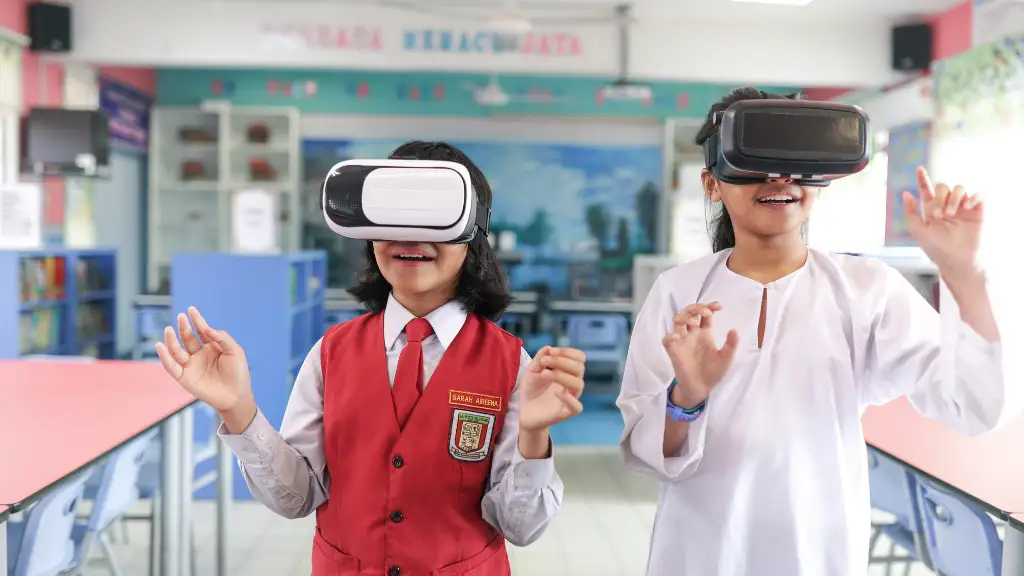
Remember school field trips? How memorable were they? Today’s students can explore ancient civilisations, travel through their bodies, or walk around on Mars without moving out of the classroom door. AR and VR change subjects in ways traditional classroom teaching never could. Their use makes learning exciting.
The distinction between the digital and physical worlds disappear, moving education into the new ground by 2035. Traditional brick-and-mortar schools will remain but offer much to many children and teens, yet many alternatives for robust utilisation and even adults and adult lifelong learners.
3. Neurotechnology and Accelerated Learning:
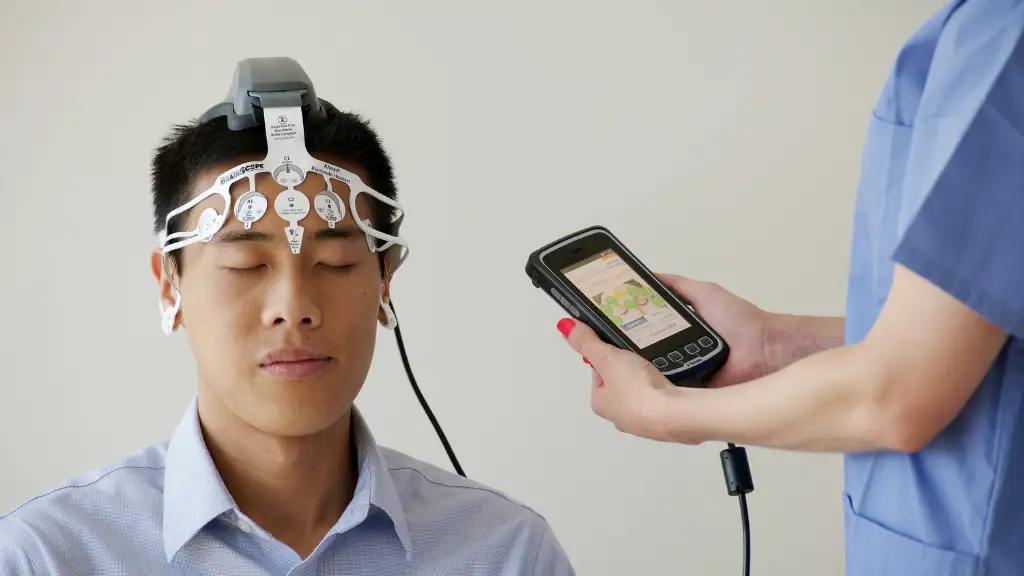
This is where things get pretty science fiction-like. BCIs (Brain-computer Interface), like Elon Musk’s Neuralink, are being developed. But do not worry—you will not need a chip implanted in your brain to benefit from these. Non-invasive BCIs have been around for some time and have set the path for practical applications.
Initially, BCIs will be used primarily in education to work with people with disabilities; they can control any device with a thought, substantially improving communication and participation possibilities.
BCIs will go even more profoundly into the brain’s learning mechanisms in the coming decade. Researchers will investigate utilising brain feedback that advances how we process, acquire, retain and retrieve data. Such changes can speed up acquiring any skill, as might learning any instrument within a musical system.
Will it be mainstream within the next ten years? This is tough to say. Much will depend on future research and society’s ability to overcome the ethical and security hurdles related to technologies that read our minds.
4. Learning Analytics:

We’re living in a data-driven world where schools are not behind. Learning analytics allows the school to check the trends and performance in students’ academic lives while being able to intervene if needed. It provides an imaginary crystal ball that would tell us what’s working and needs a slight change in your teaching methods so that everyone will succeed, given that one has the correct data.
5. Flexible Learning Models

The days of one-size-fits-all education are behind us. Hybrid learning combines the best of in-person and online teaching, giving students flexibility while ensuring they stay connected with their peers and teachers. This model doesn’t just adapt to different learning styles—it’s a lifeline for schools during unexpected disruptions, like natural disasters or global pandemics.
6. Gamification:
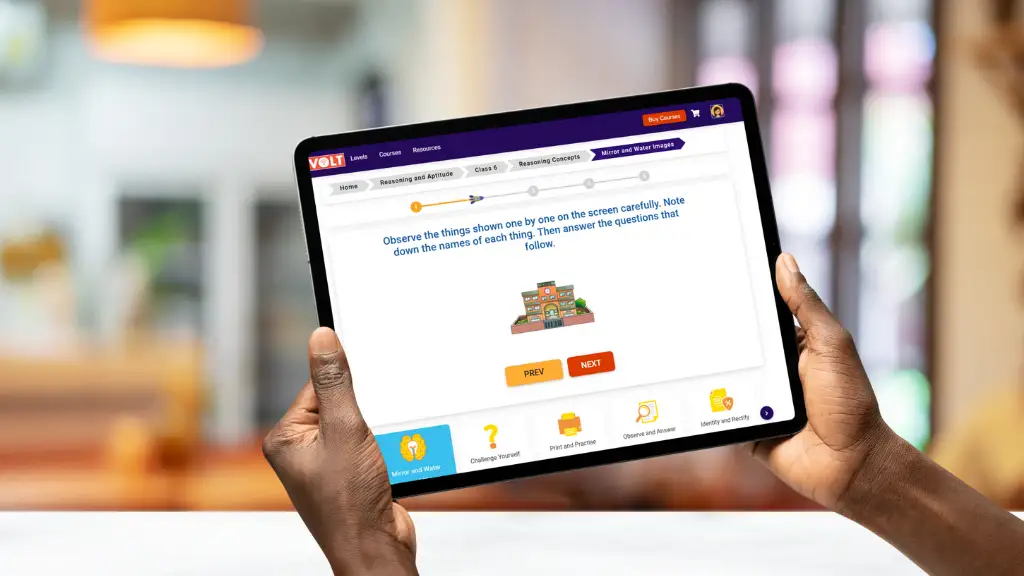
Turning Learning into Play, Who says education can’t be fun? Gamification takes lessons and wraps them in in-game mechanics, like points, badges, or challenges. Students get hooked on completing tasks, not because they have to, but because they want to. This trend isn’t just about making lessons enjoyable; it’s about creating a lasting love for learning.
7. Ed-Tech Ecosystems: All-in-One Digital Platforms
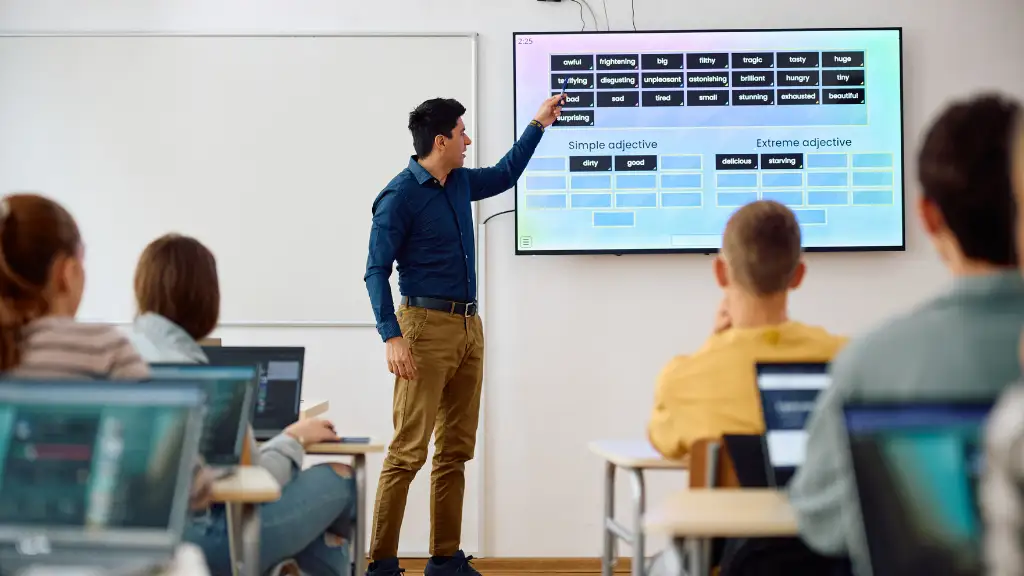
From lesson planning to student assessment, all-in-one platforms simplify the teacher’s life while smoothing out everything for the students. Apps, communication tools, and analytics are integrated into a single place, saving school time and money while organising everything.
With all these trends in mind, schools have the strength to transform education into an innovative, inclusive, and impactful experience. The real question is: Are you ready for tomorrow?
Major Challenges and Considerations
Adoption of new technologies also has its challenges. Despite educational technology’s many promises, implementing it in the classroom has been difficult.
One significant challenge is the digital divide. Not all schools have the same capability and resources to access these innovations. Infrastructure is in disarray, and budgets are meagre in some institutions, preventing some students from participating. Equitable access to technology is essential in averting widening gaps in education opportunities.
The learning curve of both teachers and students is also a concern. New technologies often require training and adjustment, which may take time and be overwhelming. Teachers already stretched thin by their other responsibilities may feel overwhelmed trying to incorporate complicated tools into their lessons. Even the most advanced technologies may be underutilised without proper support and professional development.
Lastly, there is the matter of data safety and privacy. As reliance on digital sites increases, schools are exposed to the threat of cyber-attacks and, thereby, the student data they hold. It requires strong security and proper policies and education with parents, students, and teachers to ensure trust in their site. Innovation should balance along with responsibility for safety to be effective.
Key Tips for Successful Implementation of EdTech Trends
Proper integration of EdTech trends in a classroom requires a very intentional approach, which may consider gradual integration, all-stakeholder support, and continuous evaluation. Let’s break down each of these key tips in further detail:
1. Start Small
- Why it works: It does not overwhelm teachers or students when too many new tools or trends are thrown at once. Confusion, disengagement, and even undermining the benefits of EdTech may be experienced. A gradual approach is necessary to give everyone adequate time and space to settle into each new trend before feeling overwhelmed.
- How to implement: Integrate a handful of EdTech tools or strategies that work well with your curriculum and teaching approach. For instance, a first step could be to choose one gamification platform, such as a cloud-based tool like Google Classroom. Take the time to become proficient with that first choice, and then build on adding other tools or strategies.
- Step-by-step approach:
1. Identify one tool to reach one goal, such as enhancing engagement or increasing cooperation.
2. Introduce the tool in one lesson or subject area and see how it affects learning.
3. Evaluate its success and solicit feedback from both students and teachers.
4. When familiar, gradually introduce another tool or trend that supplements the first.
- Benefits: This avoids cognitive overload for both the teacher and students, as they would learn to become confident and masters of using new technology before moving on to something else.
2. Train Teachers
- Why it works: The classroom is a place for EdTech facilitators and thus requires a lot of preparation by providing teachers with adequate information on using tools to implement effectively. Untrained teachers end up ineffective, making them inefficient and frustrating for both students and them.
- How to implement: Provide your teachers with a structured set of PDs with those specific EdTech tools. In most cases, the training must be hands-on and relevant in the classroom setting.
- Step-by-step approach:
1. Offer PD workshops or webinars on how to use the tools.
2. Give teachers access to online tutorials and guides that they can refer to independently.
3. Encourage peer support: Make sure that the teachers are well-trained in using the technology and will be able to mentor others.
4. Follow-up assistance: After the initial training, provide ongoing resources and troubleshooting support through a help desk, one-on-one coaching, or online communities.
- Benefits: Teachers trained well are more likely to feel confident and competent when using EdTech tools in the classroom, thus giving them a higher chance to implement it successfully.
3. Student Support
- Why it works: Not all students will be familiar with the new tools and technologies, and some may have difficulty navigating them. Ensuring they have enough support means they can work with the latest technology and, most importantly, feel empowered in their learning.
- How to implement: Implement with a clear orientation or a tutorial on how to operate new tools. This may occur through videos, written guides, or even a hands-on session where students can familiarise themselves with the latest tools by using them in various teacher-directed explorations.
- Step-by-step approach:
1. Before using them in class, introduce new EdTech tools as part of introductory lessons or tutorials.
2. Create a digital user manual or “cheat sheet” summarising the tool’s key features for quick reference.
3. Ensure the students have in-class support where they can ask questions while working with the tools, either by having a teaching assistant or the teacher available.
4. Encourage peer learning: Pair tech-savvy students with those needing extra help, fostering collaborative learning.
- Benefits: If the learner is guided and supported well, there will always be an increased willingness to adopt new technologies. Since easy-to-use tools provide easy integration with learning practices, it encourages student engagement.
4. Continuous Feedback
- Why it works: EdTech tools and strategies may not always work as intended. Some tools might be more helpful to specific students or subjects. Gathering information through student and teacher feedback would provide insight into whether tools impact learning, hence the need for adjustment.
- How to implement: Implement a feedback system that allows students and teachers to air their experiences with the EdTech tools. This may be achieved through a survey, polls, or casual discussions.
- Step-by-step approach:
1. Create feedback mechanisms: Collect feedback from students and teachers through tools like Google Forms, SurveyMonkey, or Microsoft Forms. Questions can include how useful the tool is, how easy it is to use, and how it contributes to the learning outcome.
2. Monitor performance: Track the effectiveness of the EdTech tool by identifying patterns in performance metrics such as completion rates, engagement levels, and test scores.
3. Regular follow-ups: Regular follow-ups with the teachers to get feedback on their feelings about the EdTech trends, issues they might face, and how they could improve.
4. Take action based on feedback. This means adjusting according to the received feedback, such as providing extra training, using a different tool, or changing how it is used.
- Benefits: Continuous feedback would make the EdTech implementation adaptive and responsive to teachers’ and students’ needs. It would also enable the early identification of problems to be addressed before they become significant issues.
Conclusion
It’s not about the latest gadgets but about how one can rethink how one teaches and learns—keeping ahead of the curve while embracing the opportunities that such trends offer will enable schools to create an enriched learning environment that prepares students for the challenges of tomorrow.
Ready to move into the future of technological change? Let’s explore how VOLT Learning can guide you, from advanced digital resources to innovative tools designed for changing classrooms. Let’s make education shape the future!

